Kids love to use the term ‘hot right now’, and I think that description might just apply to thermal imaging! Everyone who’s hunted at night has no doubt wished for just a bit more information than the trusty spotlight can provide. When I first reviewed handheld thermal imagers back in 2015, I’d used some top-end thermal imaging (TI) gear for hunting and was keen to see how the affordable technology stacked up; the simple answer was that it worked. Now, four years later, hunters talk about TI gear in a similar vein to buying a new scope; it’s not some expensive bleeding-edge technology – it’s becoming mainstream. In 2105, we reviewed the FLIR TH24 and 32 handheld units. My findings back then were that both units gave the night hunter a real advantage; so, what’s changed with FLIR in the past four years?
For this review, NZ FLIR agents – the New Zealand Ammunition Company – sent us two TI units to review; the first was the Scout III 640, and the second was the Breach.
Scout III 640 Features
With the Scout III 640, FLIR has taken the housing from the older Raymarine/FLIR 24/32 and given the internals a major upgrade. The resolution is now up to 640 x 480 and the refresh rate is 30Hz. The old TH models had a refresh rate of 9Hz and this took its toll on your eyes when using them for longer periods.
The Scout has a familiar feel and can be operated easily with one hand. The top of the unit has four buttons: a power button, viewfinder brightness, colour palette and zoom. The colour palette has the usual white hot and black hot settings as well as Marine Red and InstAlert. The ocular lens housing has a dioptre adjustment and attached soft rubber eye cup. The unit itself has rubber armour on the sides and underneath, there’s a tripod mount.
The Scout has a USB port on the top of the unit for charging and has an IP67 weather rating, so it can take a small dunk underwater without issue. The USB Port will also allow you to connect a video capture box to either display live images on an external screen or send to a video-recording device. Weightwise, the Scout is 340g, and at 170mm long, is still small enough to tuck into your jacket. It also has a small LED task light for finding things in the dark. FLIR state the Scout can detect a man up to 1140 metres away.
Breach Features
The Breach is altogether a new design and the emphasis is on size; it’s true palm-sized and as it only weighs 210g, it can easily fit into a top pocket. You do give up some features to get such a small unit and the most obvious is a less powerful detector. At 320 x 256 the resolution of the breach is exactly half that of the Scout III 640, but like the Scout, it has a digital 4x zoom.
The Breach has its roots in military and law enforcement and as such, the unit has mini-rail attachments on three sides that allow it to attach to head and helmet mounts. The Breach has its controls on the top and uses a menu system inside the unit to make changes.
Video recording is an option with the Breach and the internal memory will allow 1000 images or 2.5 hours of video – there’s a USB C port on top of the unit to connect. The Breach is powered by a CR123A battery which will last 90 minutes, but the USB input will power the unit if you have an available power source. The viewfinder also gives you a compass heading and up/down angle indicator.
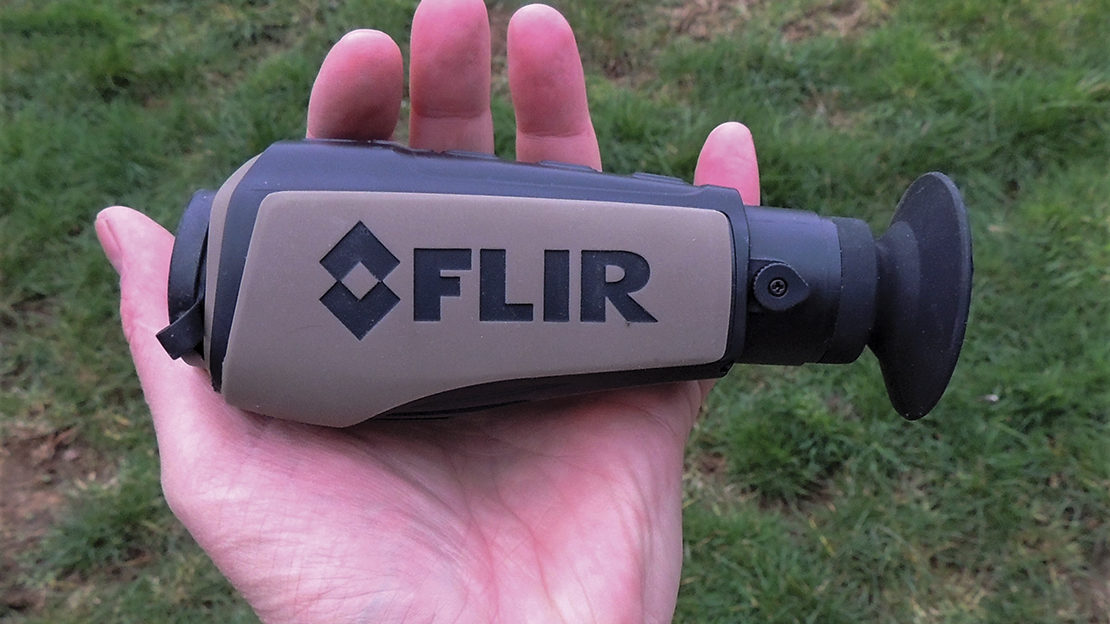
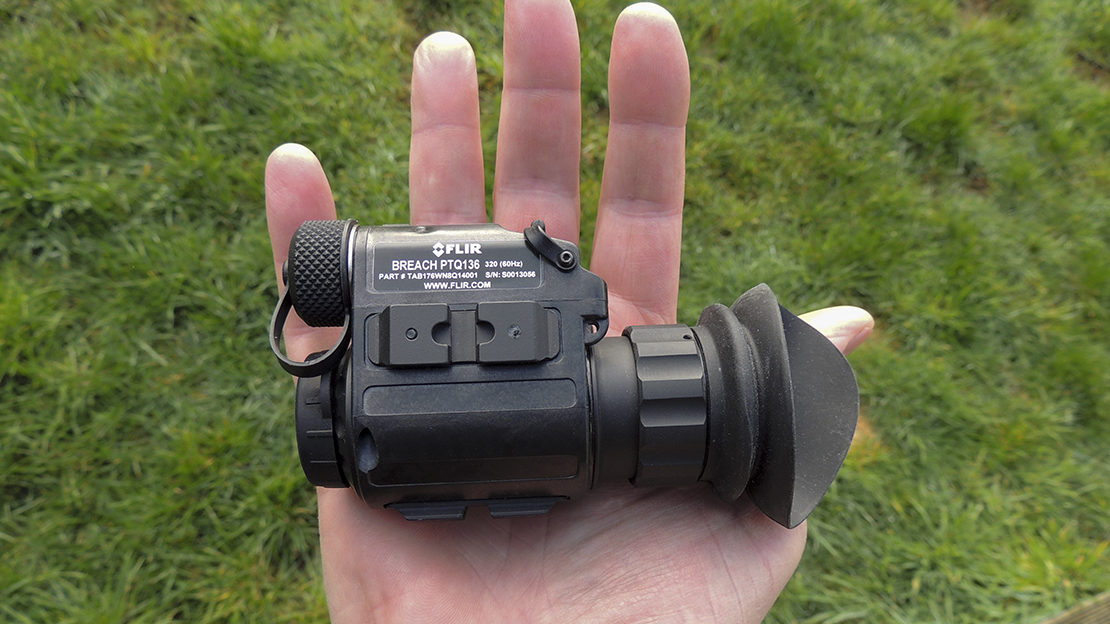
Testing – Scout vs Breach
Initial tests with both units showed up something I wasn’t expecting: the Breach, with its lower resolution, appeared to have a slightly crisper image when looking at objects within 30 metres or so. This is due to the display being 1280 x 960 which is twice the resolution of the Scout, even though the microbolometer detector of the Scout is twice that of the Breach. It’s also worth noting that these are digitally enhanced images, so the quality of the digitiser is also likely to play a part.
Looking at the colour palettes, the old white hot and black hot still seem more useable than the colour palettes. The colour palettes have their uses, especially in industrial applications, and the alert palette, which has a red or orange colour on a black background, certainly makes initial spotting very simple but has less clarity than black/white. For animal observation, black hot is my preferred choice as there’s less washout if the ground temps are warm; a real consideration when hunting on rocky or stony ground where the heat stays long after dark.
I’ll take FLIR’s word for it that you can see a man out to 1140m with the Scout; the reality is I could only test to just over 700m – at that distance I had to use animals, and they were just white or black blobs on the screen. Turning the magnification up helped a bit but as with all digital magnification, you’re not getting any more resolution … just a bigger picture. That said, I could clearly identify animals out to around 500m; once you get to 500m, the heat image is pretty small and deciding what it is you’re looking at can be tricky as there’s not much definition to the shape – it’s just a black or white blob. If you hunt in country where the only large heat signatures are deer, then the actual resolution is less important considering you’ll have to narrow the gap considerably anyway to clearly identify the animal and light it up with your spotlight for the shot. This distance will depend on the capability of your spotlight, but I suspect most shots will be taken at less than 200m, and at distances of 300m or less, the Scout’s resolution makes clear identification pretty straightforward. The Breach, even though it has a lower resolution microbolometer, isn’t too far off in its useable resolution or ability to detect at range; the increased resolution of the display certainly offsets the lower resolution of the detector unit to some degree. At 500m, it was getting close to its limit, but at 2-300m, it was really just as useable as the Scout.
It’s worth noting that these TI units aren’t going to turn night into day – for that you need to join a military force and use the six-figure equipment; but being able to detect an animal at 500m or more in pitch darkness gives you a very big advantage over the animal. Cost-wise, these units are a big chunk of change, but they’re similarly priced to a top-end scope or custom rifle, so comparatively, they’re affordable.
Choosing between the two units is tough – the two main points are size vs range, and your hunting style will probably dictate which one is more appropriate for you.
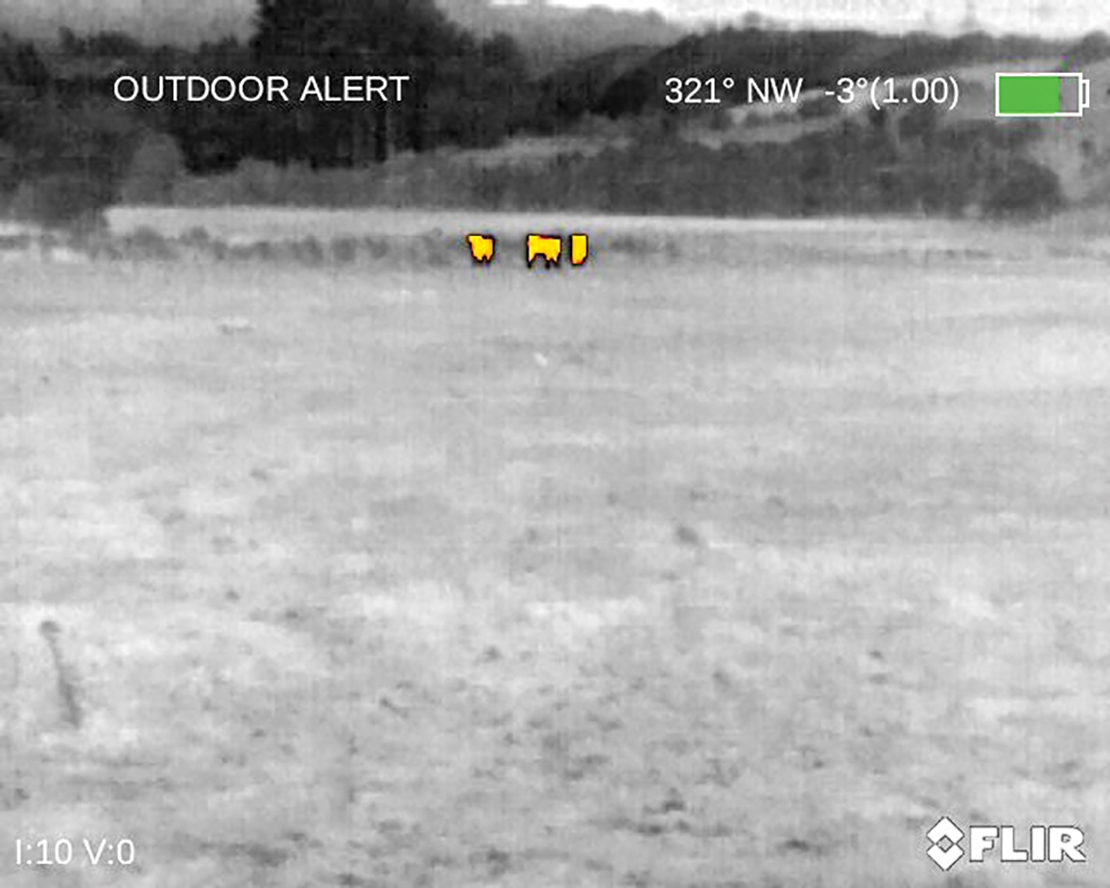
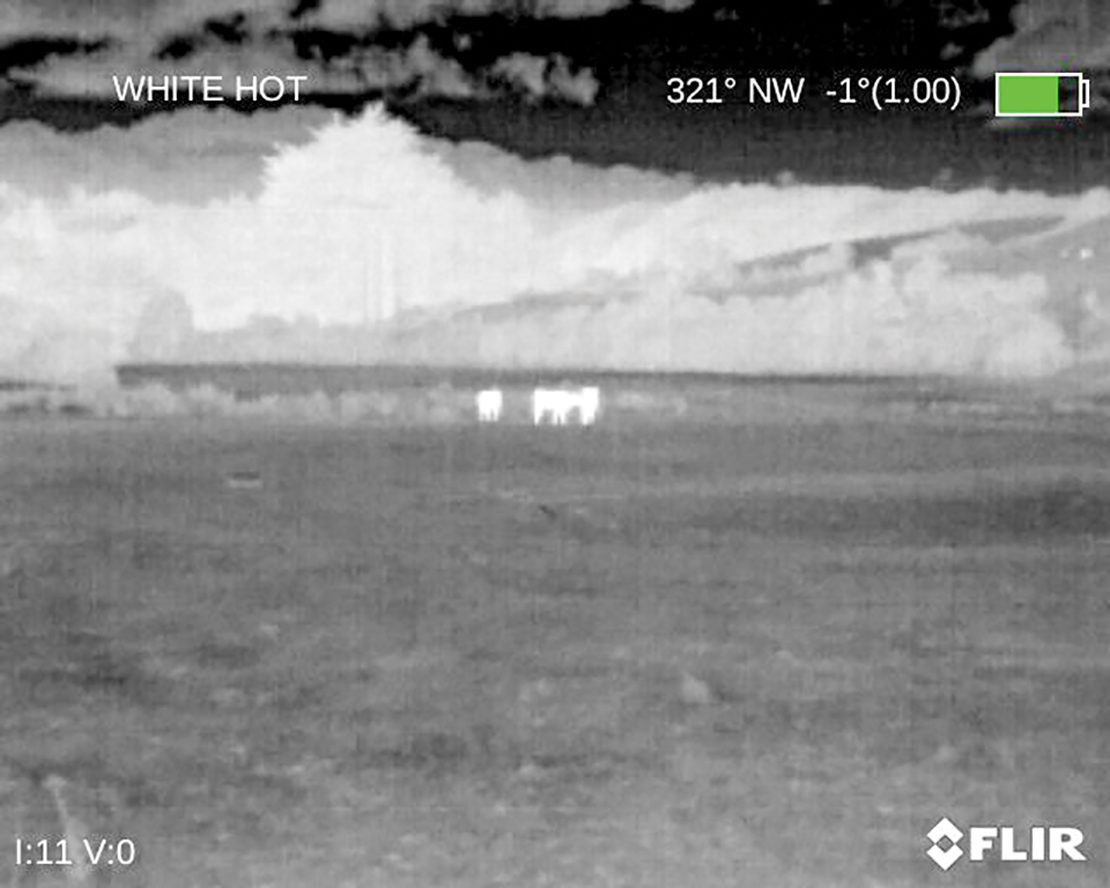
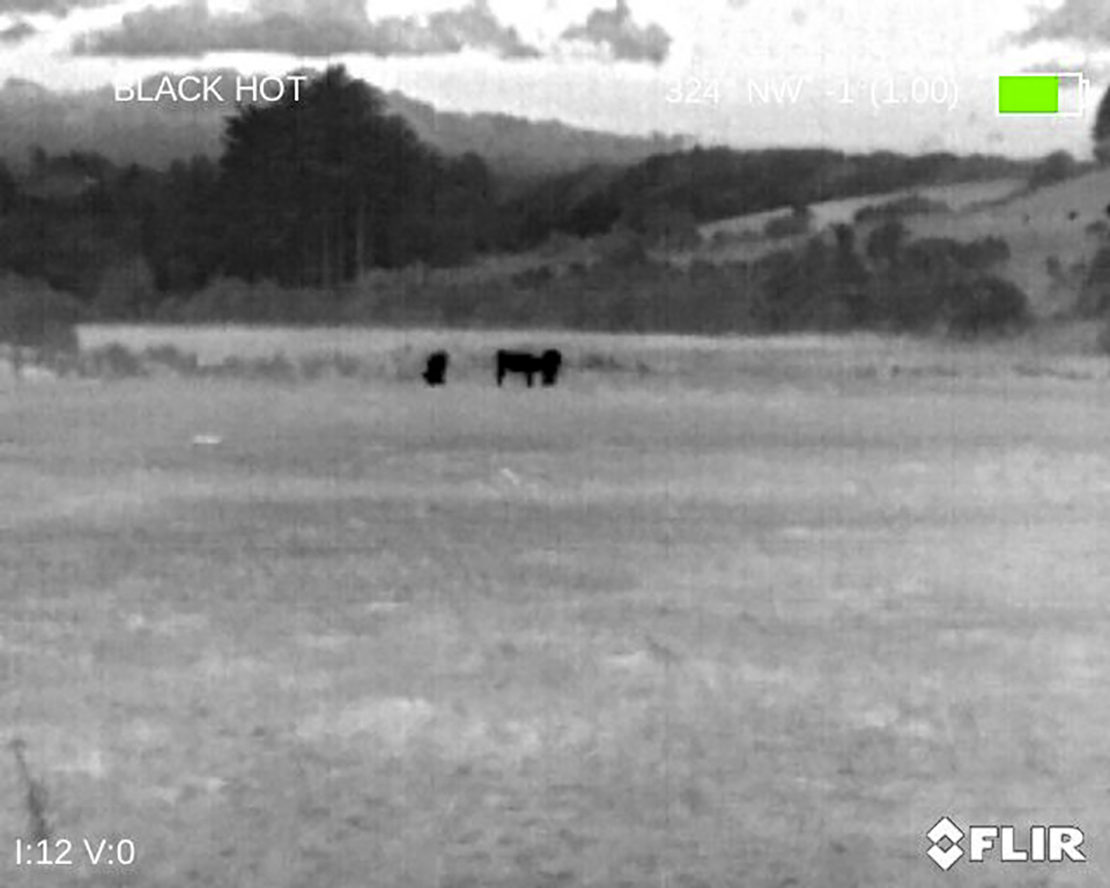
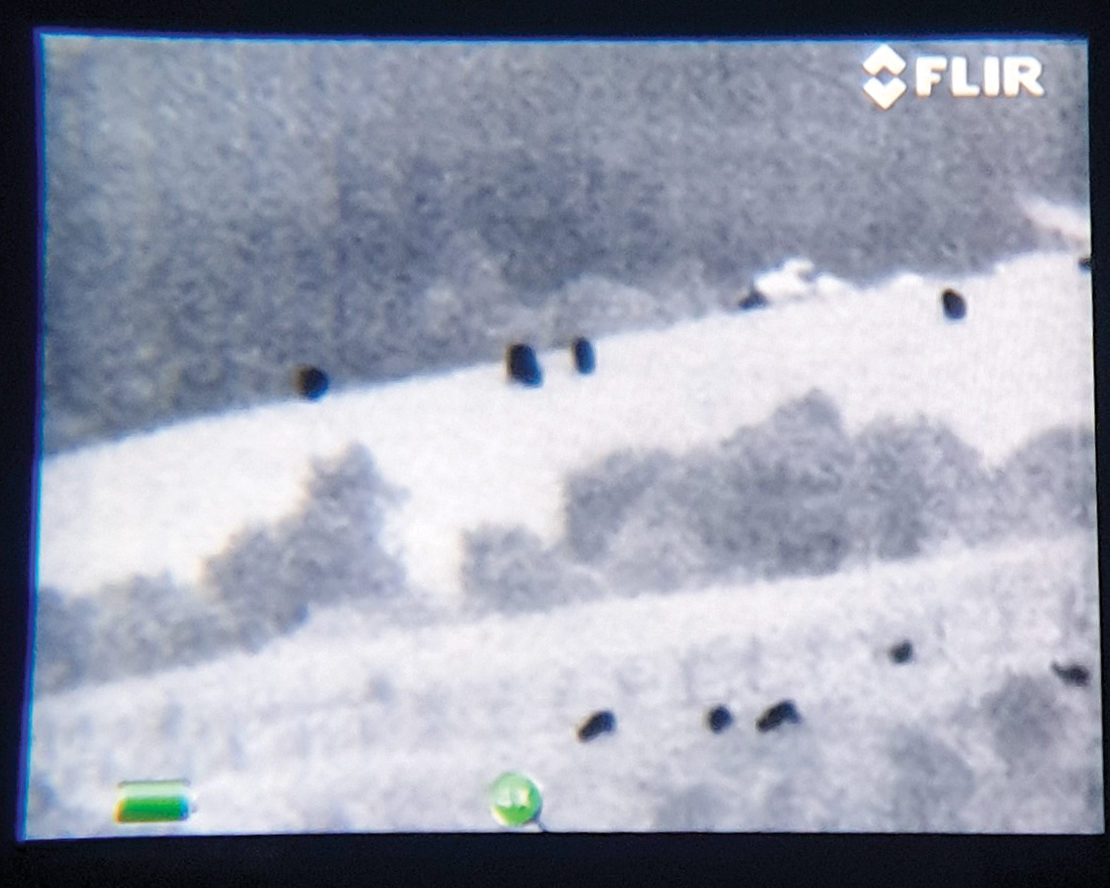
Changes
To answer the original question: what’s changed in the past four years …. In the case of the Scout, it’s been quite a big jump forward over the old 24/32 models; yes, the housing is the same, but there was nothing wrong with the design so the detector and refresh rate improvements are the key changes – to be fair they’re the most important changes you could make. The unit is markedly better than the older 24 unit and a notch above the 32. Interestingly, the price for the Scout III 640 is the same as the old 32 model from four years back.
Conclusion
The Breach is all about the size and fine if you don’t need the range/resolution – let’s be honest, if we can look down a 4-500m gulley and not see any heat source, then this will be a suitable solution. For many hunters, the compact nature of the Breach will be the winner; the menu system isn’t as easy to use as the dedicated buttons on the Scout, but it still works fine … it’s just a wee bit fiddly.
My conclusion on these TI units in 2015 was, “If you hunt at night, these units will undoubtedly increase your ability to find animals”. Well folks, nothing changed; they’re just better, sharper and, in the case of the Breach, a whole lot smaller. Personally, I see a TI unit as a near future purchase, and the compact size of the FLIR Breach certainly appeals.

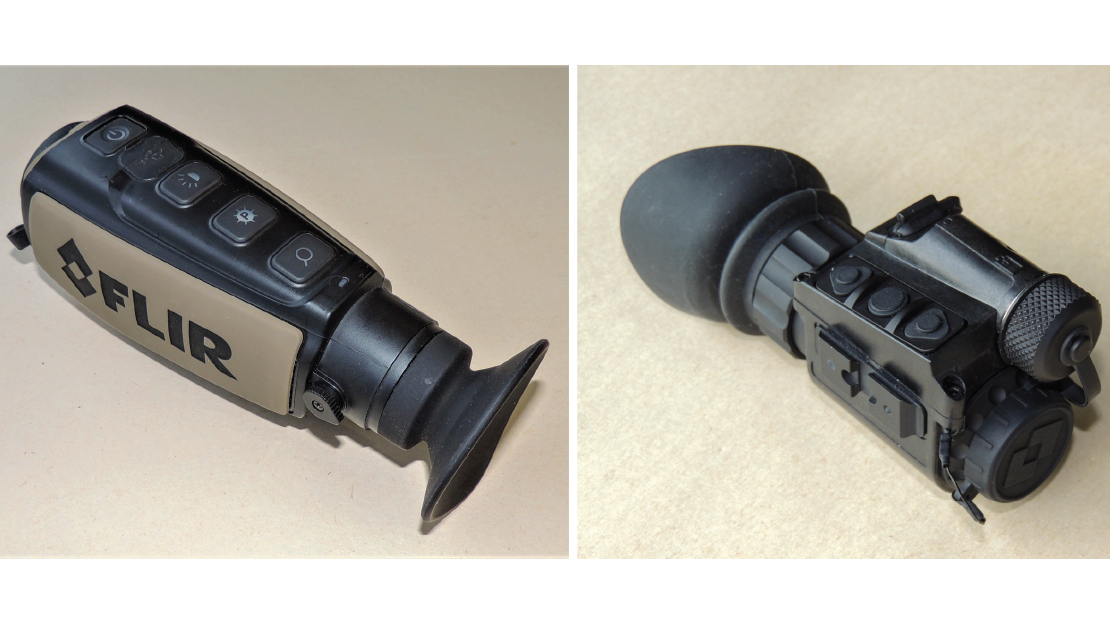
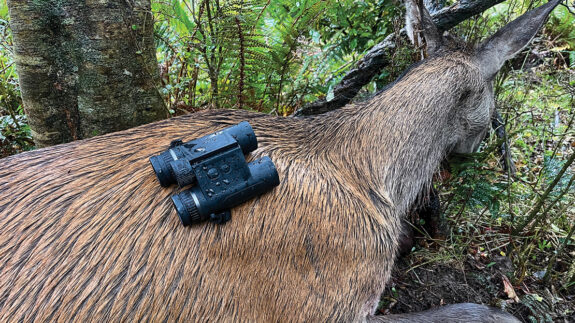
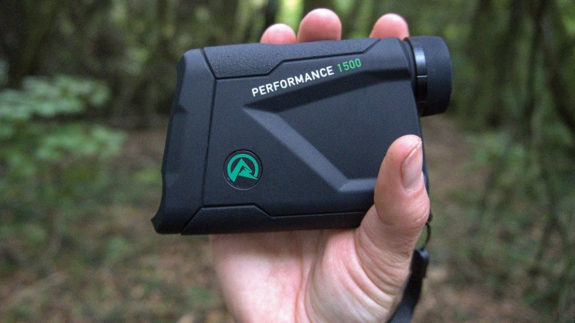

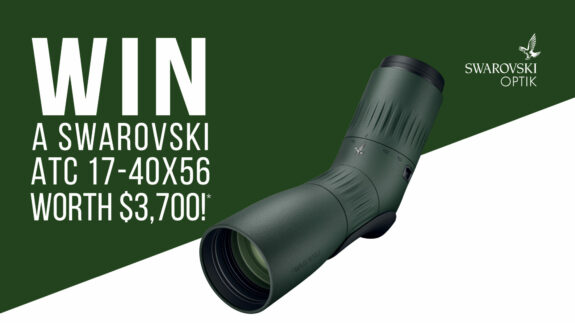
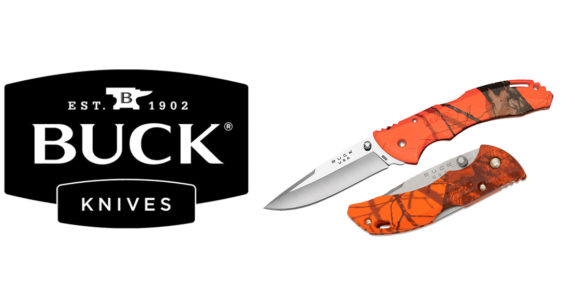
SHARE YOUR BEST PICS #NZRODANDRIFLE